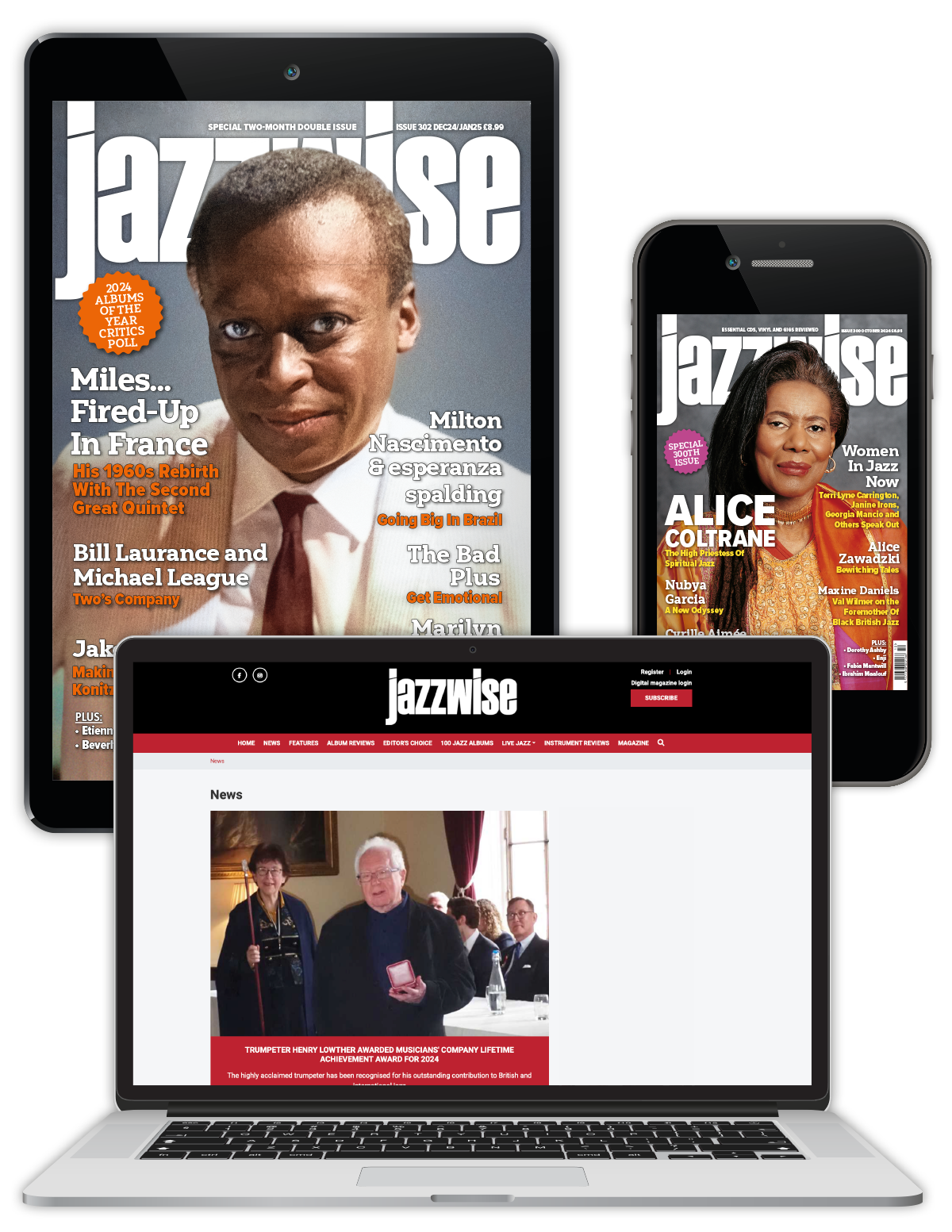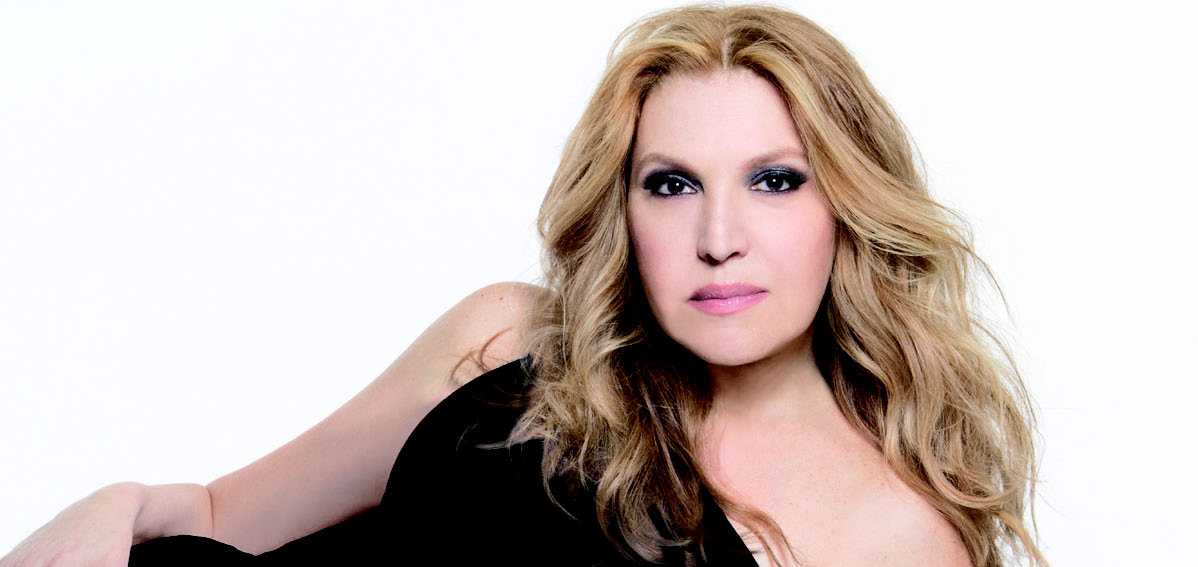Eliane Elias: Dance Of Time
Author: Peter Quinn
View record and artist detailsRecord and Artist Details
Musicians: |
Eliane Elias (v, p) |
Label: |
Concord Jazz |
Magazine Review Date: |
May/2017 |
RecordDate: |
date not stated |
Following on from Bossa Nova Stories (2009), Light My Fire (2011), I Thought About You (2013) and Made in Brazil (2015), for which she deservedly won a Grammy, the pianist, composer and arranger Eliane Elias continues her rich vein of form with Dance of Time. A celebration of samba's centennial anniversary – recorded, like its predecessor, in Brazil – from the complete reinvention of opener ‘O Pato’ (a song made famous by João Gilberto in 1960), this is an album that exudes joyousness from every pore. It also celebrates longstanding musical friends who played an important role in Elias' early career in both Brazil and the US. On a stunning version of ‘Coisa Feita’, Elias, who delivers one of the album's most blistering solos, is joined by its composer, the singer-songwriter João Bosco, an early formative influence. Toquinho, another singer-songwriter, joins Elias on a brace of tracks, the gorgeous ‘Samba de Orly’ and the album's closer, ‘Not To Cry (Pra Não Chorar)’, which is marked by Elias' expansive, rhapsodic intro. Take 6 vocalist Mark Kibble again joins Elias, supplying sublime multi-tracked vocal harmonies on ‘Copacabana’, a song which subtly transforms from R&B to samba, and a super-sensuous reworking of the Weill/Nash classic, ‘Speak Low’, the latter featuring stellar flugel playing by guest Randy Brecker.
Jazzwise spoke to Eliane Elias about the album
What was it like making this album with João Bosco, Toquinho and many other longstanding musical friends?
It was my way of paying a personal tribute and to acknowledge their very important place in my heart. João Bosco's songs are full of energy and I think ‘Coisa Feita’ is one of the most exciting tracks on any recording I've ever made. I learned so much about life just being in the company of Vinicius de Moraes. With Toquinho I discovered a lot about combining piano with guitar and developed a personal language playing samba on the piano. I started studying with my earliest mentor and teacher, Amilton Godoy, when I was 13 years old and it was a special feeling to reconnect with him. Playing with Mike Mainieri and Randy Brecker in Steps Ahead helped establish me as an international jazz artist.
How important for you was it to record the album in Brazil?
I had such a great experience recording my previous album [Made in Brazil] there and, knowing I was focusing on more sambas on this recording, I just had to be in Brazil. The rhythm team of Edu Ribeiro on drums, Marcelo Mariano on bass and Marcus Teixeira on guitar has such a great chemistry that I felt compelled to go back to São Paulo to record with them again.
The album is a joyous hymn to samba. What, in essence, does samba mean to you?
For me, samba is the cultural glue that binds Brazil. From every walk of life and every economic stratum, the samba permeates our culture and has deep historical roots going back over 100 years. It is a joyous rhythm that finds its wonderful expression through music and dance.
Could you give us an insight into your unique approach to playing samba on the piano?
The samba is traditionally played by percussion. The 16th note subdivision is a chief characteristic of the rhythm. I have arrived at a unique way of supplying the subdivisions of the fundamental feel of a samba drummer with my left hand while improvising melodies and syncopated percussive rhythms with my right hand.
What inspired your beautiful arrangement of ‘Copacabana’?
I was reminded of the tune by my mother one afternoon while I was working on material at my piano in Brazil. She reminded me that the song had English lyrics and had been recorded by Sarah Vaughan. At that point, the light sort of went on, and besides my personal harmonic treatment that I always strive to do, I arrived at a different groove for the tune. I kept finding these reharmonisations and modulations to keep the melody sections lifting upward and forward. The sound of Mark Kibble singing background vocals was always in my head while I was writing the arrangement. He brought some truly beautiful harmonised vocals to the track and contributed quite an exuberant, unique ending.

Jazzwise Full Club
- Latest print and digital issues
- Digital archive since 1997
- Download tracks from bonus compilation albums throughout the year
- Reviews Database access
From £9.08 / month
Subscribe
Jazzwise Digital Club
- Latest digital issues
- Digital archive since 1997
- Download tracks from bonus compilation albums during the year
- Reviews Database access

